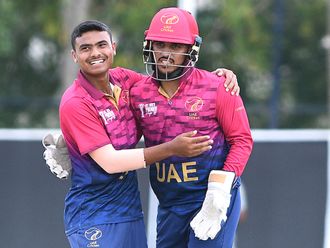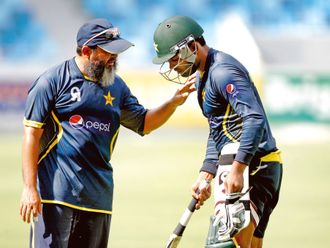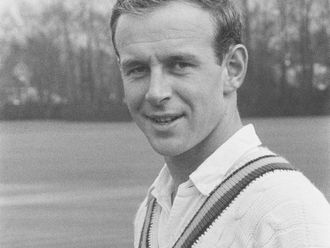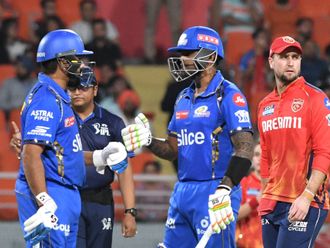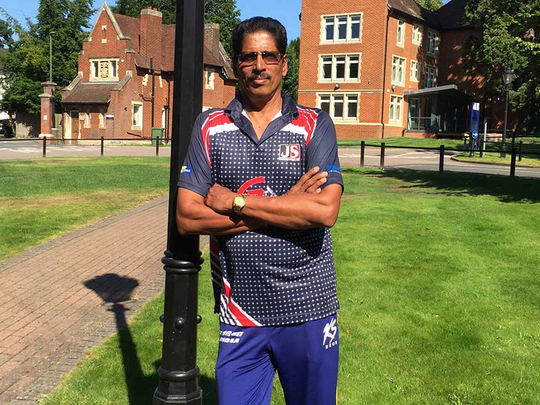
London. Former Indian pacer T.A. Sekar, who has been hailed as one of the world’s finest bowling coaches, and was responsible for the progression of many top pacers, feels that India should have a fast bowling wing.
In an exclusive interview with Gulf News in London, after flying in from India to give tips at the G Force Cricket Academy coaching camp, he said: “India gets a lot of potential fast bowlers on the block but they slowly wither away after a couple of seasons.
“The retirement of Zaheer Khan has created a big vacuum and Ashish Nehra not playing Test cricket is a big let-down.”
Sekar said India’s fastest bowler at present was Ishant Sharma, and his form was not consistent.
“Still he has not found the hang of the international cricket because he has been good in Tests but not the same in T20 and One-day cricket,” Sekar said. “The one who spearheads an attack should play in all three forms of the game. As of now we don’t have bowlers who can walk into all three formats of the game.”
Sekar, who was the chief coach of the world renowned MRF Pace Foundation in Chennai, said: “I feel India’s fast bowling department is a bit fragile as of now. We need to support that with technical and tactical input.
“I think BCCI should have a fast bowling wing made up of pacers who are playing for the Indian team, fringe pacers, under 23, under 19 and India A team pacers.”
He said a group of 10 to 12 fast bowlers should be monitored and trained on a regular basis.
“If so then the support staff can look at them when someone is injured or not bowling well. Australia and England have done this with their academies and BCCI should do the same thing.”
Sekar, who was one of India’s fastest bowlers in the eighties, believes that as important as fitness is injury management.
“Today, if you take any game, it is now played more on fitness than on talent. Fitness can enhance your talent hence it is important. More than fitness, injury management is also very important. Take the case of Australian and England fast bowlers, after they get injured they return to action in three months to four months. But in India the bowlers who get injured do not recover for eight to nine months and sometimes may even miss a whole season. This is not good for Indian cricket.”
Sekar believes that a coach’s education is also very important.
“Coaches’ education has to be very good in Australia. They have done a lot of research and development and they invested in it and sold it to a lot of countries to develop coaches.
“No two doctors or two coaches will agree but everybody should talk the same language so that the players are not confused and are on the right track.
“There is no point in conducting a short course and issuing a certificate to kill.”
Sekar also talked about fast bowling awareness.
“The awareness for a fast bowler has gone up,” he insisted.
“The awareness which was in 1987 or before when I played for India and now, there is a total transformation. In 1988 only one technique existed while bowling with everyone being side on. Now boys come and ask whether they can be semi-open side-on and front-on. This awareness was created by Dennis Lillee with the MRF Pace Foundation, an institution which has done a great service to Indian cricket.”


